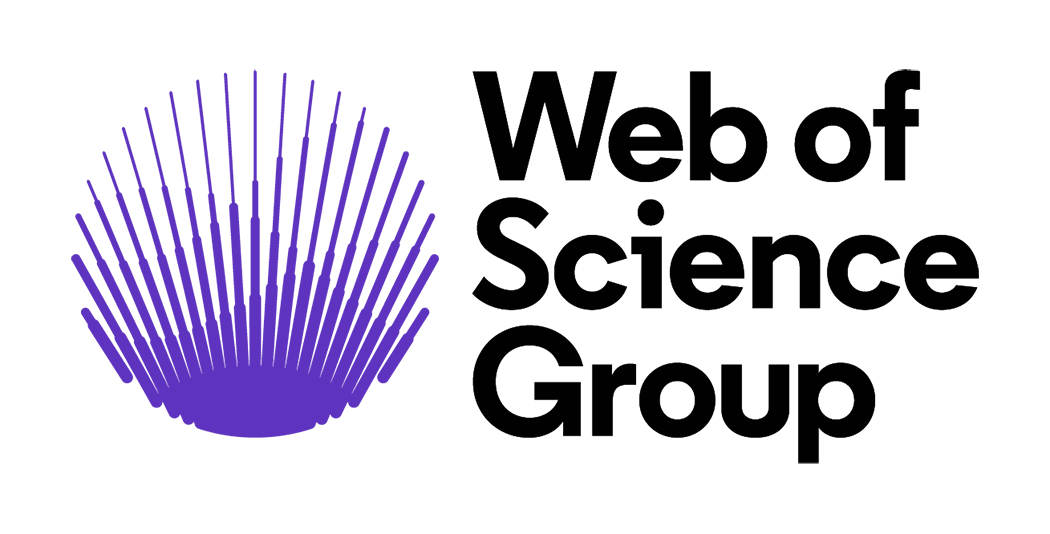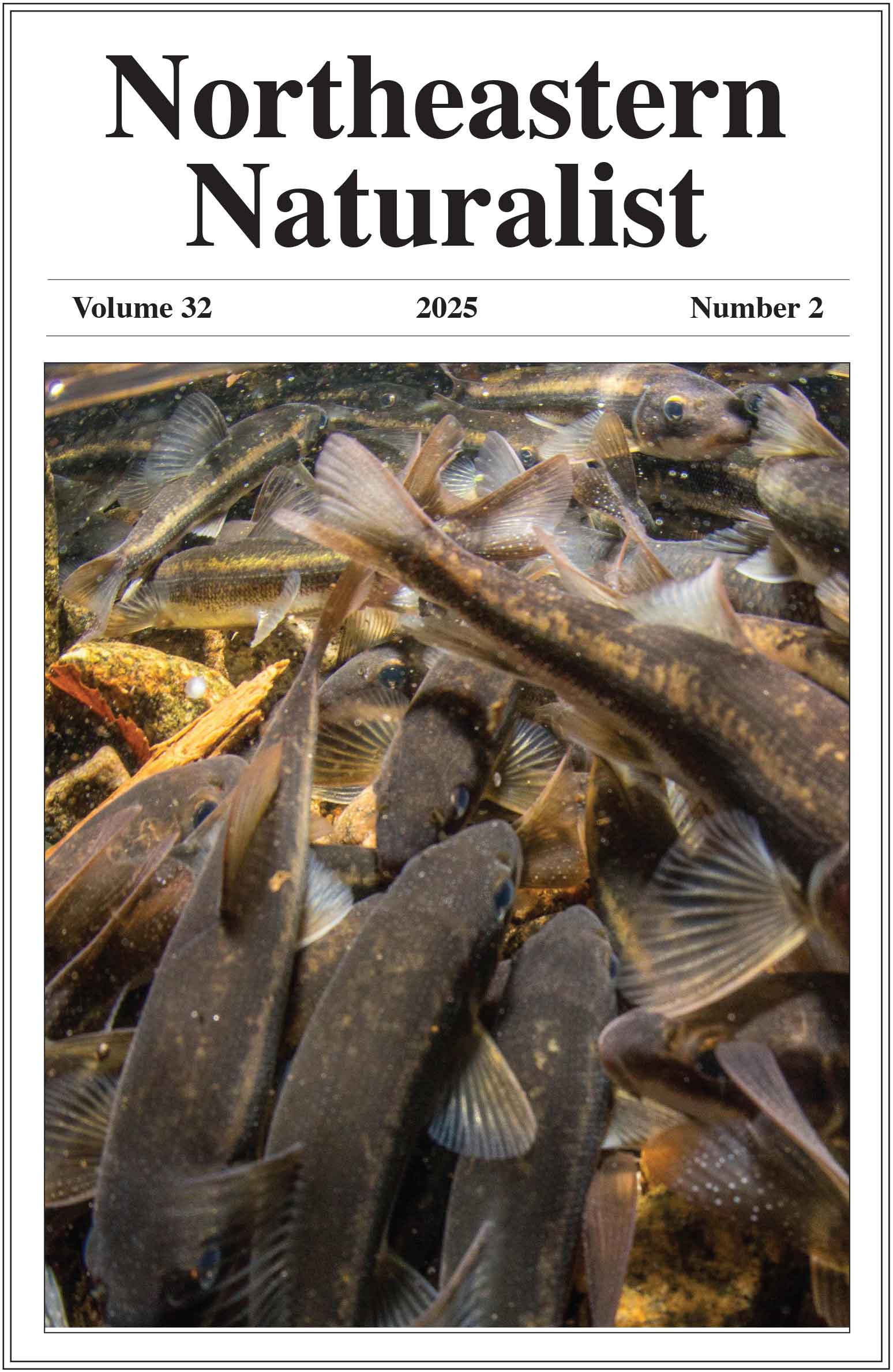Enhancing Pollinator Habitats: The Role of Reclaimed Natural Gas Pipeline Rights-of-Way in the Appalachian Region
Shawn T. Grushecky1, Samuel C. Knopka1,2, Sheldon F. Owen3, and John W. Edwards1,*
1Department of Biology, Memorial University, St. John’s, NL A1C 5S7, Canada.2Current Address - US Forest Service, Mark Twain National Forest, 401 Fairgrounds Road, Rolla, MO 65401. 3West Virginia University, Extension Service, 1145 Evansdale Drive, Morgantown, WV 26506. *Corresponding author.
Northeastern Naturalist, Volume 32, Issue 1 (2025): 127–141
First published early online: 29 March 2025
Abstract
The decline of pollinators globally has been linked to habitat loss, pollution, and the use of herbicides and pesticides in agriculture. In the Appalachian Region of the US, forest maturation has resulted in fewer areas of early successional and young-forest habitat, which serve as important habitats for pollinators. Although powerline corridors have been shown to support pollinator populations, we investigated whether natural gas pipeline rights-of-way (ROW) could serve a similar ecological function. Our study assessed butterfly richness and density and bee species density across natural gas ROW varying in age, width, and vegetative composition. We discovered that the percentage of flowering plants on reclaimed ROW was the strongest predictor of butterfly richness and both bee and butterfly density. These findings indicate that reclaimed ROW can significantly enhance pollinator habitats, particularly when reclaimed with a diverse mixture of native flowering plants rather than a grass monoculture. Our research underscores the importance of prioritizing flower density in reclamation practices to support pollinator populations effectively.
![]() Download Full-text pdf (Accessible only to subscribers. To subscribe click here.)
Download Full-text pdf (Accessible only to subscribers. To subscribe click here.)
Access Journal Content
Open access browsing of table of contents and abstract pages. Full text pdfs available for download for subscribers.
Issue-in-Progress: Vol. 32 (3) ... early view
Check out NENA's latest monograph and Special Issue:













 The Northeastern Naturalist is a peer-reviewed journal that covers all aspects of natural history within northeastern North America. We welcome research articles, summary review papers, and observational notes.
The Northeastern Naturalist is a peer-reviewed journal that covers all aspects of natural history within northeastern North America. We welcome research articles, summary review papers, and observational notes.